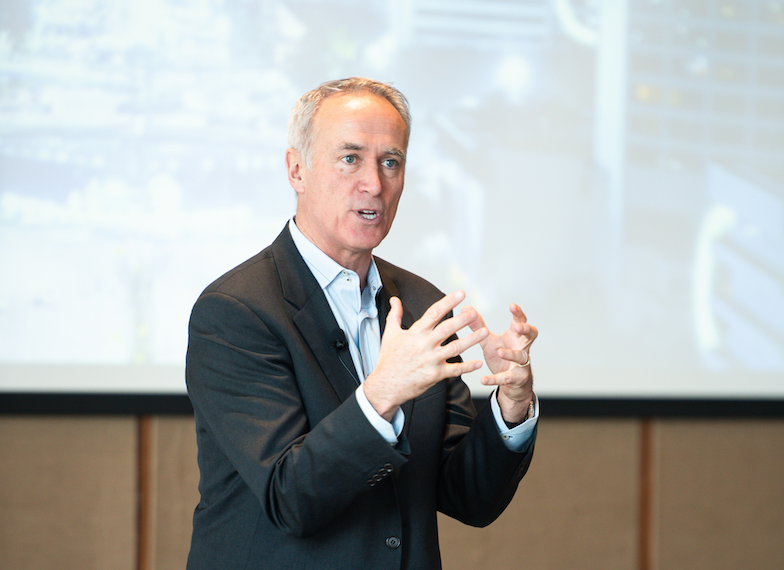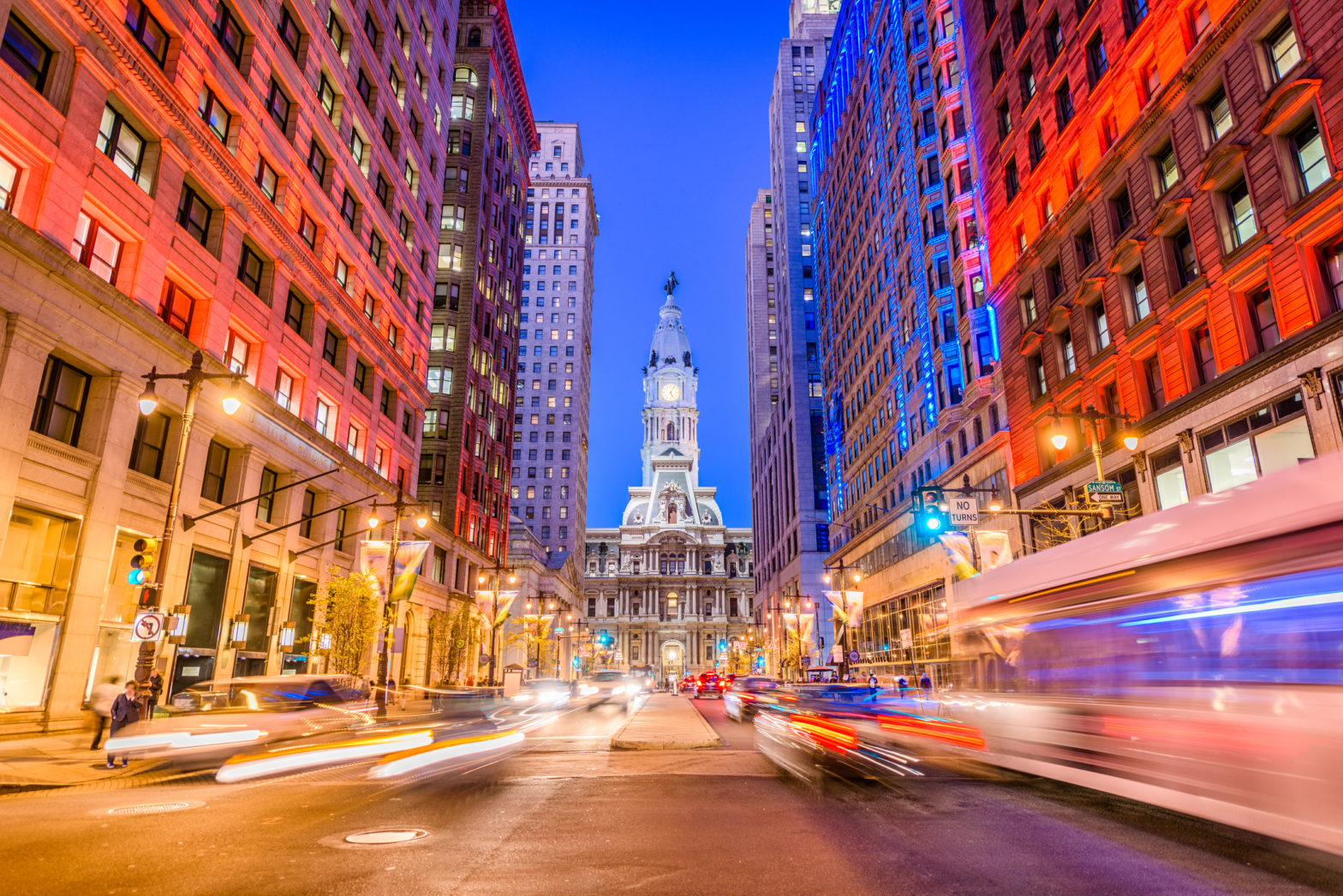
Photo: Screenshot-2019-03-14-at-16.12.57
Signify to make entire portfolio ‘connectable’ by 2020
14 March 2019
by Jonathan Andrews
Jonathan Andrews spoke to Chris White, CEO of Signify (formerly Philips Lighting) on the sidelines of the 20-20 Cities meeting in San Antonio about how 5G is changing the smart lighting industry
How will 5G change your industry?
We are very excited by it. Good luck getting in the way of it; it is happening whether you like it or not, just like 2G, 3G and 4G. Betting against 5G is a bad bet. How it is going to get implemented is where the fun is already starting.
We heard that the governor in Texas has dictated that service providers have right of way. Therefore a place like San Antonio is really worried about ugly antennas on every light pole on the River Walk as that would look horrible. But I think there is a little bit of pragmatic reality there as service providers aren’t going to roll into San Antonio and intentionally try and screw up the city.
But they have a pretty aggressive agenda as that is the next wave of their revenues and profits. Look at Verizon, I think they are investing US$60 billion in rolling out 5G. It’s a big bet for them. How can you leverage the infrastructure, such as smart pole technology, and incorporate some of those antennas to beautify the city? It is something we have always been good at–doing beautiful customised street poles. But it is now about making them digital and incorporating digital infrastructure as a natural evolution. We are working with partnerships like ATC [American Tower Corporation] that know how to do cell tower design to help us incorporate that into the lighting infrastructure.
The other pragmatic angle is the need to be careful of getting pulled into these ‘religious’ debates. 5G doesn’t solve everything; there are still going to be Bluetooth and LoRa [Long Range] and 4G and 2G applications, because of economics and physics.
Procurement came up in yesterday’s conversations; from a vendor perspective, what are your opinions on the process and suggestions to make it work better?
You’ve got to deal with the way the world is not the way you want it to be. Whether you like it or not, in the public sector globally and especially in the US, you have procurement vehicles, and I hate to call them this, but there are biases towards minorities in a positive way. You are trying to spread the load to make it a fair community involvement. Unfortunately that creates a complexity to purchasing cycles and procedures.
We just heard here that cities want to do some piloting and innovation. That makes perfect sense in the private world but in the public world you have every community member saying, ‘You haven’t fixed my streetlight, what the heck are you doing piloting sensors?’. Therefore, there are a couple of takeaways from me. Number one: just to understand the procurement processes and support them. Number two: vendors can help better have an opinion where the markets are going. Wherever possible, jointly solve some of these complex problems. Come up with an architecture, come up with an opinion, help [cities] understand how 5G integrates with LoRa, versus just having this passionate religious opinion of technology.
Is data capture the next big thing for smart lighting, and is it evolving from targeting safety and security?
There are two parts to the data equation. There is a lot of data right now that can be leveraged better if you collaborate and cross reference it. Whereas, if you are not careful, there is this unrealistic expectation that all this new connected stuff is going to give you waves of different data that is going to solve every problem in the world.
We’ve had some great examples in Baltimore and LA where we cross-referenced lighting data with accident data and call centre data of people calling in six or more times to report a problem. We have made a commitment as a company to make everything connected or connectable in our entire portfolio by 2020. We are making a big push there. We have an IoT platform to provide connectivity. We are excited but it depends on what sensors you need where. The good news is we design our light fixtures to be outside and modular. If you want to put in a component that tracks gunshot detection or environmental issues or traffic, you can, as they are fairly modular. Given our pedigree in innovation and leveraging our manufacturing footprint, if a city wants to customise something, we can customise it.
What is your key takeaway from the 20-20 Cities meeting?
The one big takeaway was the number of cities that have got digital strategic plans or are working on them. There has been a significant increase. You don’t get from point A to point B without a plan and a roadmap, so that was a very encouraging takeaway.







